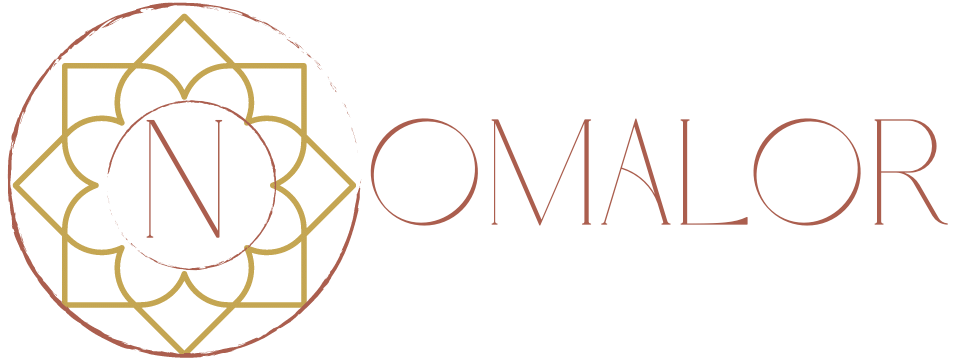DAY 1 : A day to visit Fes
Full day trip in Fes with a local guide, including stops at the renowned Medina, Al Karaouine University, and several medinas. Dinner and a hotel or riad stay are included.
Day 2 : Fes - Roman Ruins (Volubilis) - Meknes
After breakfast, we’ll begin the drive to Volubilis or Walili, the berber-Rumanian ruins of incredibly old olive presses, houses, amazing mosaics, gigantic arches, and Corinthian columns where you can get a true taste of Roman life. features of that of a later mediaeval Berber town. The mansion on the property houses a mosaic depicting Hercules’ labours. The Forum and Gallienus Baths, which both have mosaics in pieces.
The Dolphin Mosaic at the House of Orpheus and the myth of Orpheus. the Venus Cortege, many of whose mosaics are still hidden from view. will be able to see the medallions depicting Diana, Bacchus, and the Hylas Abduction. The Gordian Palace’s pooling courtyards and bathhouse. the Triumphal Arch, the Capitol, the House of Ephebus with its pictorial mosaics, particularly that of Bacchus being drawn, the House of the Wild Beast, the House of Nymphs, the House of the Seasons, the House of Flavius Germanus, the Knight’s House with an incomplete mosaic of Dionysus Discovering Ariadne Asleep. in a Panthers-made chariot. We depart from Volubilis eight days after arriving in Fes Desert Trips and imperial cities. to go alongside the Zerhoun Hills’ ominous, distant heights. should pause and see the most sacred Islamic town, Moulay Idriss. thousands of Moroccan believers congregate in the country of Morocco.
Every August, a pilgrimage (moussem) is made to this descendant’s tomb to offer prayers. Mohammed the prophet. When we arrive at the large square, we can see the two conical quarters of the Zaouia’s green-tiled pyramids rising above us. Before departing for the Imperial City, which Moulay Ismail restored, take a break and meander through the maze of alleyways. about Meknes (a UNESCO World Heritage Site). We’ll go to the undeniably most gorgeous place here. The Bab Mansour is the only bab, or gateway, in all of North Africa. To the Sehrij Souani from here Huge grain storage. Moulay erected stables and vaulted buildings. Ismail’s men standing close to an underground pool. That transported fresh water from the far-off Middle Atlas. Mountains, the Moulay Ismail Mausoleum, and the renowned State-owned Place el-Hedim. These Berber horses are bred in the Haras stallion stables. We will stay in a riad or hotel and have lunch before departing Meknes at around four o’clock in the afternoon.
Day 3 : Fes - Ifrane - Azrou - Middle Atlas - Ziz Valley - Merzouga
following breakfast We will set out on a beautiful trek to Ifrane, also known as “the Moroccan Switzerland.” via mountains covered in cork oak and enormous cedar trees. a few Barbary apes’ home. We will have our first look at the amazing architecture of the south as we cross lovely, peaceful routes over both the Middle and High Atlas peaks. Lunch in Midelt, which was reached over a desolate plain of bushes and dunes. The High Atlas’ magnificent peaks, rising behind the town, make for an amazing backdrop. Crossing. We will descend onto a desert plain along the Ziz valley, known as Tizi-n-Talremt (Pass of the She-Camel). After that, we’ll travel to Erfoud and Rissani, a vast oasis with over six million palm trees and a lot of ksours (fortified villages). When we arrive in Merzouga, we will be welcomed with a glass of tea after travelling over an impressive route that depicts the change from greenery to desert. After some downtime, we prepare to ride camels into the highest dunes in Morocco’s pink sands. Before the sun sets, we will have time to explore the dunes. Dinner is served before the night in a Berber tent begins with traditional music.
Day 4 : Merzouga - Rissani - Todra Gorges - Dades Valley
If we get up early enough, we can witness the sunrise, when the dunes’ colour and the movement of shadows create an amazing sight. After breakfast, we spend a few hours (or less; it’s up to you) riding camels before heading to the Tinghir and Todra Gorges for lunch. The Todra Valley and Tinejdad are both traversed by the road. There are several possibilities to go for walks in this breathtaking region, such as along the river through the gardens or up the road on the opposite side of the gorge. Before spending the night in a motel, we will later travel to the Dades Valley and the Dades Gorges. From the Fes Desert, 8 Days Morocco tours & excursions to historic cities.
Day 5 : Dades Valley - Rose Valley - Skoura - Ouarzazate - Ait Ben Haddou - Ouarzazate - Marrakech
After breakfast, we will travel through the picturesque region’s villages, past fields tended by Berber women, with the High Atlas peaks serving as a perfect backdrop. Then, as we make our way toward Ouarzazate, we’ll pass the Kasbahs of the Skoura oasis and the Valley of the Roses, which is well-known for hosting the Rose Festival every May. The most well-known kasbah in Morocco is the Ait Benhaddou Kasbah, a World Heritage site that served as the setting for numerous Hollywood blockbusters. Next, we will go to Ouarzazate, also referred to as the Hollywood of Morocco, where we will visit the cinematographic museum. From here, begin negotiating Tizi n’Tichka, the highest controlled pass in Africa. We plan to arrive in Marrakech in the late afternoon. A pleasant riad or motel overnight.
DAY 6 : A day to visit Marrakech
You will have a guided tour of Marrakech, the jewel of southern Morocco, after breakfast. Along with many other undiscovered gems, you will find the Saadian Tombs and the Bahia Palace. You will continue the journey to the beautiful Koutoubia Mosque and the well-known Djemaa el-Fna, two of Marrakech’s most popular sights, after lunch. The journey will end with a visit to a souk (market) filled with Moroccan artwork, fresh fruit, piles of spices, and elaborately woven Berber carpets. a good hotel/riad for the night.
Day 7 : Marrakech - Casablanca - Rabat
After breakfast, we depart Marrakech and travel down the Atlantic coast to Casablanca, a city known for its white buildings, where we will stop to see the Hassan II Mosque. Following the visit, we’ll continue on to Rabat, which has served as Morocco’s administrative and political capital since 1912. The journey starts at the Royal Palace, a magnificent complex of exquisitely designed structures that include a contemporary palace, a mosque constructed by the “Men of Fes,” and different government structures. Later, we’ll go to the Kasbah of Oudayas, where we may take in the breathtaking panorama. We will have some free time in the afternoon to explore Rabat’s Medina before spending the night in a nearby hotel with breakfast.
Day 8 : Rabat - Fes
We’ll travel through Fes after breakfast. The airport transfer.

































